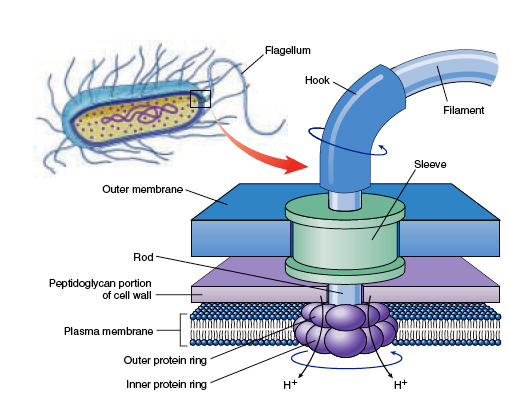If people were making things out of bronze and iron at about the time of the KT layer, why do we find none of that down there at that layer?
Let's face it, have you really looked? Name a site where you looked in a KT layer for remnants of metals?
Also, there was a lot of things that could have happened to iron and metals. Things like rust...
"The rusting of iron is an electrochemical process that begins with the transfer of
electrons from iron to oxygen.
[5] The iron is the reducing agent (gives up electrons) while the oxygen is the oxidising agent (gains electrons). The rate of
corrosion is affected by water and accelerated by
electrolytes, as illustrated by the effects of
road salt on the corrosion of automobiles. The key reaction is the reduction of oxygen:"
Rust - Wikipedia
Other factors such as volcanic activity affected things also.
"global CO2 levels were likely higher than 800 ppm (and possibly as high as 2,000 ppm)
thanks to cataclysmic volcanic eruptions. Now
new research published in
Science July 23 shows how ancestors of today's nannoplankton fared in those acidic oceans of long ago.
It was a time of "severe global warming," paleobiologist Elisabetta Erba of the University of Milan and her colleagues wrote, after studying the carbon isotopes embedded in deep seabed cores drilled in the Pacific Ocean and locations in the ancient Tethys Ocean, which existed during the Mesozoic era. The records reveal that acidification proved a big problem for nannoplankton. "During the Aptian episode, marine calcifiers experienced a major crisis due to increasing
CO2-induced acidification," Erba says.
Ancient Ocean Acidification Intimates Long Recovery from Climate Change
Looking at the average lifespan of iron in the ground, it is not many thousands of years.
"The
average lifespan of cast iron drain/sewer pipe is 50 to 65 years. It is easily recognized by the thickened female “hub” at each pipe segment connection. Rust eventually eats through cast iron, primarily from the inside out, as shown in the photo below. Because
corrosion is accelerated by moisture, pipe with light effluent flow and installed in a dry environment can survive 20 to 30 years longer. Cast iron began to be replaced by plastic PVC and ABS plastic pipe in the mid 1970s, and has not been used for new construction since the 1980s."
What is the average life expectancy of cast iron pipe?
God knows how to recycle and dispose of waste!
And how is it that isochron dating consistently confirms the KT bourndary at about 65 million years ago if it actually was about 4500 years ago?
Simple..that is radioactive decay based. You think there was radioactive decay at the time of the KT layer? Any proof? Or do you just assume that it golly gee just must have been this nature?




